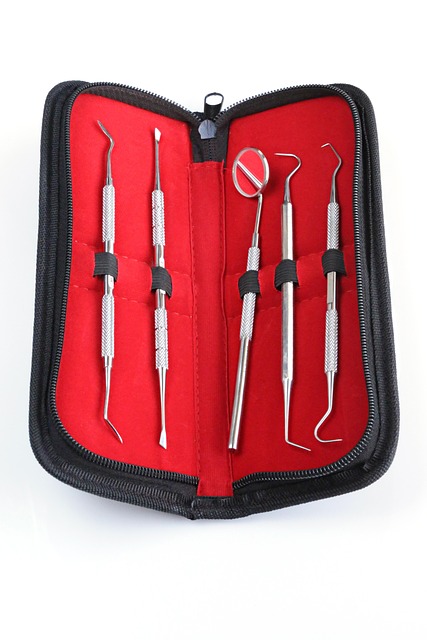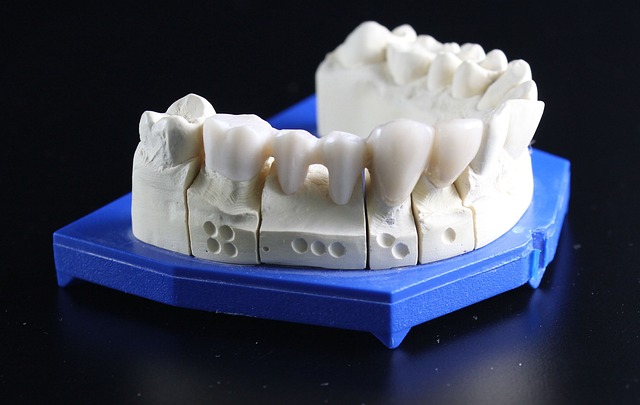Gum disease, a global issue including Eugene, Oregon, is caused by bacterial buildup leading to inflamed and infected gums. Early symptoms include bleeding, swollen, red gums and bad breath. Detection through regular dental check-ups and cleanings prevent severe consequences like tooth loss and bone deterioration. Diagnosis involves oral exams, gum pocket assessments, and X-rays; treatment ranges from non-surgical to surgical procedures. Prevention emphasizes daily hygiene practices, semiannual dental visits, nutritious diet, and avoiding tobacco use.
“In the pursuit of optimal oral health, understanding gum disease—a prevalent condition affecting many Eugene, Oregon, residents—is paramount. This article delves into the intricate world of gingivitis and gum therapy, offering a comprehensive guide for locals. We explore common causes, risk factors, and symptoms to ensure early detection. Diagnosis, treatment options, and preventive measures are thoroughly discussed, empowering folks to maintain healthy gums. By arming ourselves with knowledge about gum disease, we can navigate towards a healthier smile.”
- Understanding Gum Disease in Eugene Oregon
- Common Causes and Risk Factors
- Symptoms to Watch For
- Diagnosis and Treatment Options
- Preventive Measures for Healthy Gums
Understanding Gum Disease in Eugene Oregon

Gum disease, also known as periodontitis, is a common oral health issue that affects millions of people worldwide, including residents of Eugene, Oregon. It is a progressive condition where the gums become inflamed and infected due to bacterial buildup along the gum line. If left untreated, gum disease can lead to severe consequences, such as tooth loss and bone deterioration. In Eugene, with its growing population and diverse demographics, raising awareness about gum disease prevention and treatment is essential.
In terms of symptoms, gum disease may present as bleeding gums, swelling, and redness during brushing or flossing. Bad breath that doesn’t go away despite good oral hygiene practices can also be an early indicator. The good news is that with proper oral care and professional intervention, gum disease is preventable and treatable. Regular dental check-ups and cleanings play a crucial role in maintaining gum health, as they allow for early detection of any potential issues before they become severe.
Common Causes and Risk Factors
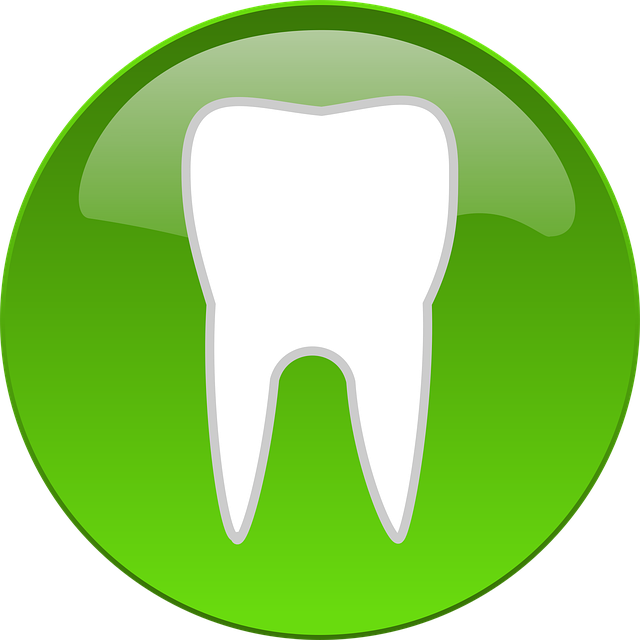
Gum disease, including gingivitis, is a prevalent oral health issue with multiple potential causes and risk factors. Some common triggers include poor oral hygiene, where daily brushing and flossing are neglected, allowing plaque to build up along the gumline. This bacterial film can irritate and inflame the gums, leading to gingivitis. Additionally, certain lifestyle habits such as smoking or chewing tobacco significantly increase the likelihood of developing gum disease.
Other risk factors include systemic conditions like diabetes, which impairs the body’s ability to fight infections, making individuals more susceptible to severe gum disease. Age is also a factor; as we get older, our gums tend to recede, exposing more tooth roots and making them more vulnerable. Hormonal changes, particularly during pregnancy, can also lead to gingivitis due to increased blood flow and heightened sensitivity of the gums.
Symptoms to Watch For

Gum disease, also known as gingivitis, is a common oral health issue that can often go unnoticed until it progresses. Residents of Eugene, Oregon, should be aware of the subtle symptoms that may indicate a problem. One of the primary signs is swollen and tender gums that bleed easily during brushing or flossing. This initial stage of gum disease is usually painless, making it easy to overlook.
Other telltale signs include persistent bad breath, red or purple-colored gums, receding gums, loose or shifting teeth, and a change in the fit of dentures. If you experience any of these symptoms, it’s essential to consult a dental professional for a proper diagnosis and gum therapy options to prevent further complications associated with advanced gum disease.
Diagnosis and Treatment Options
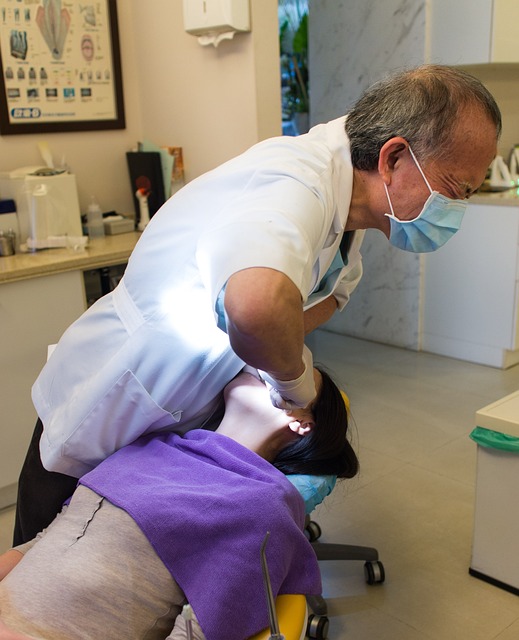
Diagnosing gum disease, such as gingivitis in Eugene Oregon, begins with a comprehensive oral examination. Dentists look for signs like swollen or tender gums, bleeding during brushing, and increased plaque buildup. They may use dental tools to assess gum pockets and measure attachment loss, indicating the severity of the condition. X-rays can also help identify bone loss associated with advanced gum disease.
Treatment options range from non-surgical to surgical procedures. Regular deep cleaning sessions, known as scaling and root planing, aim to remove plaque and tartar below the gumline. Antibiotics may be prescribed to combat infection. In more severe cases, surgical interventions like gum grafting or pocket reduction surgery might be necessary to restore oral health and prevent bone loss.
Preventive Measures for Healthy Gums
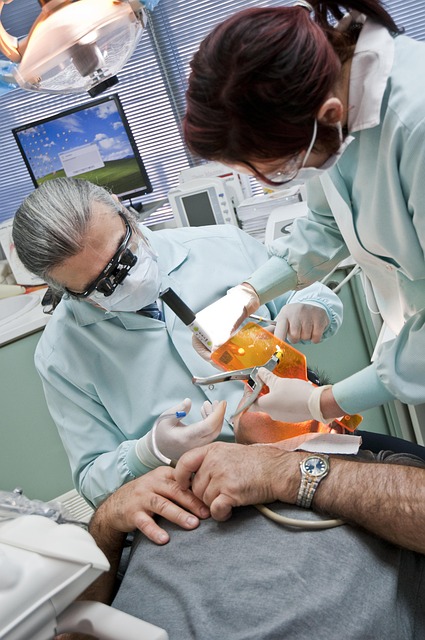
Preventing gum disease is just as important as treating it. In Eugene, Oregon, many dental professionals emphasize the role of daily oral hygiene in maintaining healthy gums. Brushing teeth at least twice a day with fluoride toothpaste and flossing once daily are fundamental practices to remove plaque buildup, a major cause of gum inflammation. Additionally, using mouthwash can help reduce bacteria and freshen breath. Regular dental check-ups, typically every six months, allow for professional cleaning and early detection of any gum issues.
Nutrition also plays a significant part in gum health. A balanced diet rich in vitamins and minerals supports overall oral well-being. Foods high in antioxidants combat inflammation, while calcium and vitamin D strengthen teeth and gums. Avoiding tobacco products is crucial, as smoking is a primary risk factor for developing severe gum disease, known as periodontitis. By adopting these preventive measures, Eugene residents can keep their gums healthy and reduce the chances of experiencing painful and costly gum disease treatments.








